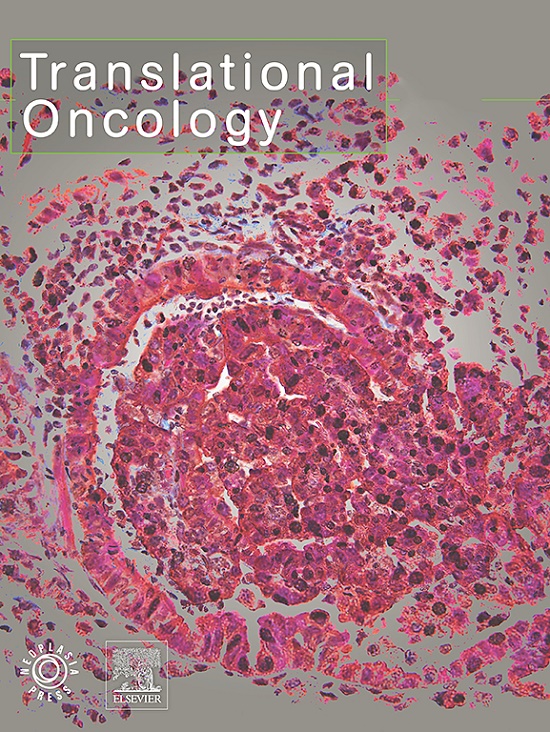Clinical efficacies of different neoadjuvant therapies for non-small cell lung cancer
IF 5
2区 医学
Q2 Medicine
引用次数: 0
Abstract
Neoadjuvant therapy followed by surgery is a common clinical strategy for operable non-small cell lung cancer (NSCLC), and the mainstream neoadjuvant therapies include chemoimmunotherapy, targeted therapy, and chemotherapy. However, there is a lack of studies to report the difference in benefits between these treatment modalities in the same institution. Therefore, this study aimed to depict the short-term efficacy of radiology and pathology achieved by different therapies and their impact on long-term survival as well as the underlying clinical significance. A total of 243 NSCLC patients who underwent different neoadjuvant therapies were eligible for inclusion. Demographic, radiological, and pathological features of patients were recorded. The event-free survival (EFS) outcome was analyzed using Kaplan-Meier analysis. The objective response rates (ORR) of primary tumor in the chemoimmunotherapy, targeted therapy, and chemotherapy cohorts were 48.95 %, 57.58 %, and 34.09 % respectively, major pathological response (MPR) rates were 58.74 %, 15.15 %, and 20.83 % (P<.0001), and pathological complete response (pCR) rates were 41.26 %, 0 %, and 11.11 % (P<.0001). For consistency between imaging and pathological evaluation, Cohen's Kappa were 0.275, 0.233, and 0.330. The EFS of MPR group was significantly longer than that of non-MPR group in the chemoimmunotherapy and chemotherapy cohorts (P=.0077**&.0343*, HR=0.3287&0.3715), but this improvement was not observed in the targeted therapy cohort. Neoadjuvant chemoimmunotherapy often underestimates pathological efficacy in imaging but shows consistent long-term outcomes. Neoadjuvant chemotherapy with moderate overall effectiveness has a significant correlation between short-term benefits and reduced recurrence. Neoadjuvant targeted therapy shows remarkable short-term imaging improvements but often fails to convert into sustained long-term survival.
非小细胞肺癌不同新辅助疗法的临床疗效。
新辅助治疗后再手术是可手术的非小细胞肺癌(NSCLC)的常见临床策略,主流的新辅助疗法包括化学免疫疗法、靶向疗法和化疗。然而,目前尚缺乏研究报告这些治疗方式在同一机构中的疗效差异。因此,本研究旨在描述不同疗法在放射学和病理学方面取得的短期疗效及其对长期生存的影响以及潜在的临床意义。共有243名接受了不同新辅助疗法的NSCLC患者符合纳入条件。研究人员记录了患者的人口学、放射学和病理学特征。采用Kaplan-Meier分析法对无事件生存期(EFS)结果进行了分析。化疗免疫疗法组、靶向疗法组和化疗组的原发肿瘤客观反应率(ORR)分别为48.95%、57.58%和34.09%,主要病理反应率(MPR)分别为58.74%、15.15%和20.83%(P<0.05)。
本文章由计算机程序翻译,如有差异,请以英文原文为准。
求助全文
约1分钟内获得全文
求助全文
来源期刊

Translational Oncology
ONCOLOGY-
CiteScore
8.40
自引率
2.00%
发文量
314
审稿时长
54 days
期刊介绍:
Translational Oncology publishes the results of novel research investigations which bridge the laboratory and clinical settings including risk assessment, cellular and molecular characterization, prevention, detection, diagnosis and treatment of human cancers with the overall goal of improving the clinical care of oncology patients. Translational Oncology will publish laboratory studies of novel therapeutic interventions as well as clinical trials which evaluate new treatment paradigms for cancer. Peer reviewed manuscript types include Original Reports, Reviews and Editorials.
 求助内容:
求助内容: 应助结果提醒方式:
应助结果提醒方式:


